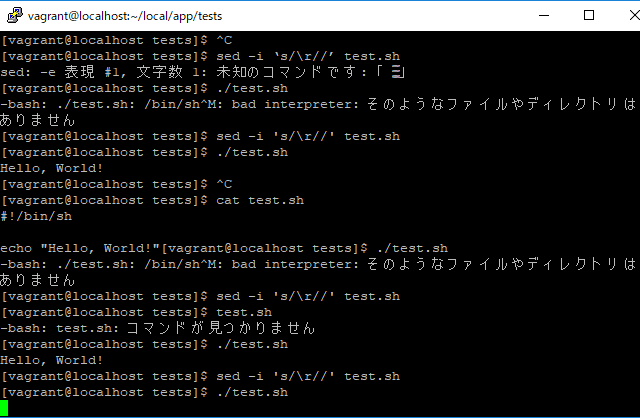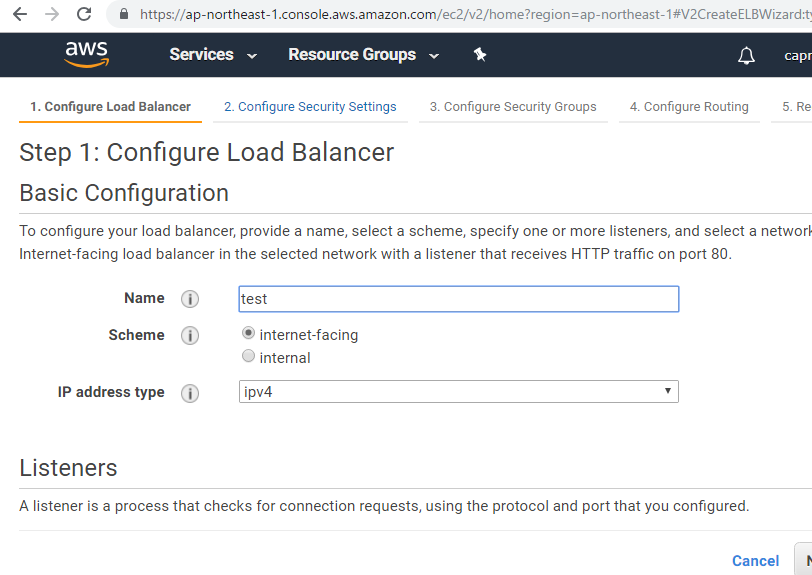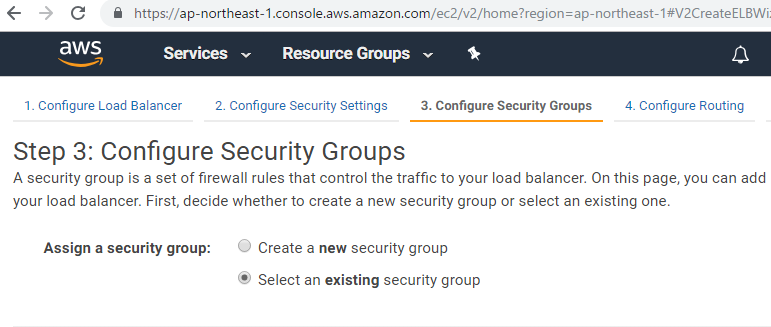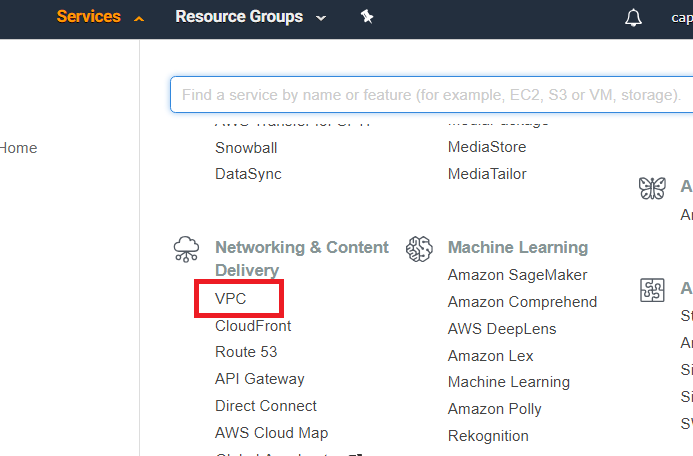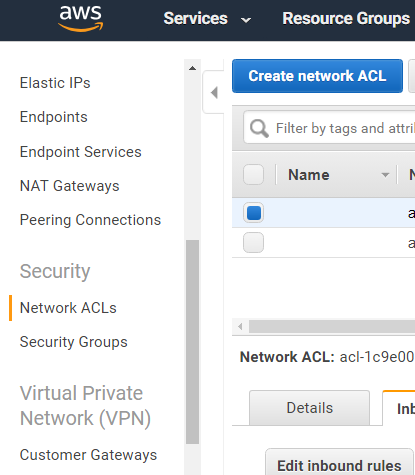#!/bin/sh for var in 0 1 2 3 4 do echo $var done
[vagrant@localhost tests]$ sed -i ‘s/\r//’ test.sh
[vagrant@localhost tests]$ ./test.sh
0
1
2
3
4
{0..5}とも書ける。」
#!/bin/sh
for var in {0..5}
do
echo $var
done
function
#!/bin/sh
MyFunction(){
echo "display function"
}
MyParamFunc(){
echo "parm1:$1 param2:$2"
}
MyFunction
MyParamFunc 5 4
[vagrant@localhost tests]$ sed -i ‘s/\r//’ test.sh
[vagrant@localhost tests]$ ./test.sh
display function
parm1:5 param2:4
with linux command
#!/bin/sh
index=1
for file in *.txt
do
mv "$file" "mytxt${index}.txt"
index=`expr $index + 1`
done
[vagrant@localhost tests]$ sed -i ‘s/\r//’ test.sh
[vagrant@localhost tests]$ ./test.sh
すげええええええええええええええええええええええええ

